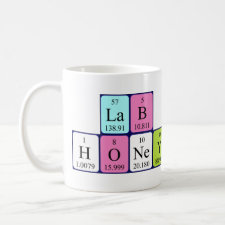
Authors: Fan J, Meng ZH, Dong X, Xue M, Qiu LL, Liu XY, Zhong FC, He X
Article Title: Colorimetric screening of nitramine explosives by molecularly imprinted photonic crystal array.
Publication date: 2020
Journal: Microchemical Journal
Volume: 158
Article Number: 105143.
DOI: 10.1016/j.microc.2020.105143
Alternative URL: https://www.sciencedirect.com/science/article/pii/S0026265X20310791
Abstract: Colorimetric, selective and sensitive screening of explosives is important not only to military action but also to public security. Normal explosives detection is mainly targeted for nitroaromatic compounds, however, ntiramine explosive is used more widely due to its outstanding performance. Herein, molecularly imprinted photonic crystal (MIPC) sensors were made to detect typical nitramine explosives: 1,3,5-trinitro-1,3,5-triazacyclohexane (RDX), cyclotetramethylenete-tranitramine (HMX) and 2,4,6,8,10,12-hexanitro-2,4,6,8,10,12-hexaazaisowurtzitane (CL-20). And 2,4,6-trinitrotoluene (TNT) templated MIPC was also made to discriminate not only nitramines but also nitrobenzene explosives. With explosives concentration increase, the diffraction peak and structure color of MIPC sensors both red shifted within 5 min. By adding alkaline solution, the MIPC sensors were softened, and the mass transfer and the sensitivity were improved. The MIPC sensors could respond to lower than 0.05 mM explosives with the limit of detection of 0.01 mM. A MIPC sensor array with the above MIPCs was constructed to achieve a semi-quantitative detection, and Pattern Recognition with a 48 x 4 multivariate data matrix was using to discriminate different explosive molecules. According to principal component analysis, the response of RDX, HMX, CL-20 and TNT scattered in separate areas, and the sensor array could discriminate with a LOD of 1 mM
Template and target information: nitramine explosives, 1,3,5-trinitro-1,3,5-triazacyclohexane, RDX, cyclotetramethylenete-tranitramine, HMX, 2,4,6,8,10,12-hexanitro-2,4,6,8,10,12-hexaazaisowurtzitane, CL-20, 2,4,6-trinitrotoluene, TNT
Author keywords: molecular imprinting, Photonic crystal, Nitramine explosive, colorimetric detection



Join the Society for Molecular Imprinting

New items RSS feed
Sign-up for e-mail updates:
Choose between receiving an occasional newsletter or more frequent e-mail alerts.
Click here to go to the sign-up page.
Is your name elemental or peptidic? Enter your name and find out by clicking either of the buttons below!
Other products you may like:
 MIPdatabase
MIPdatabase









